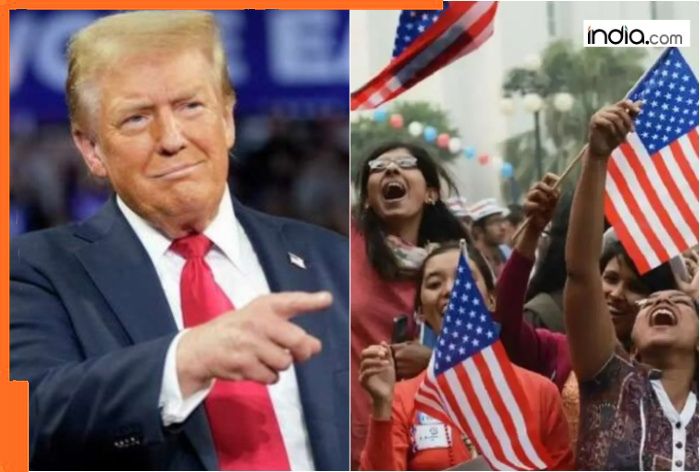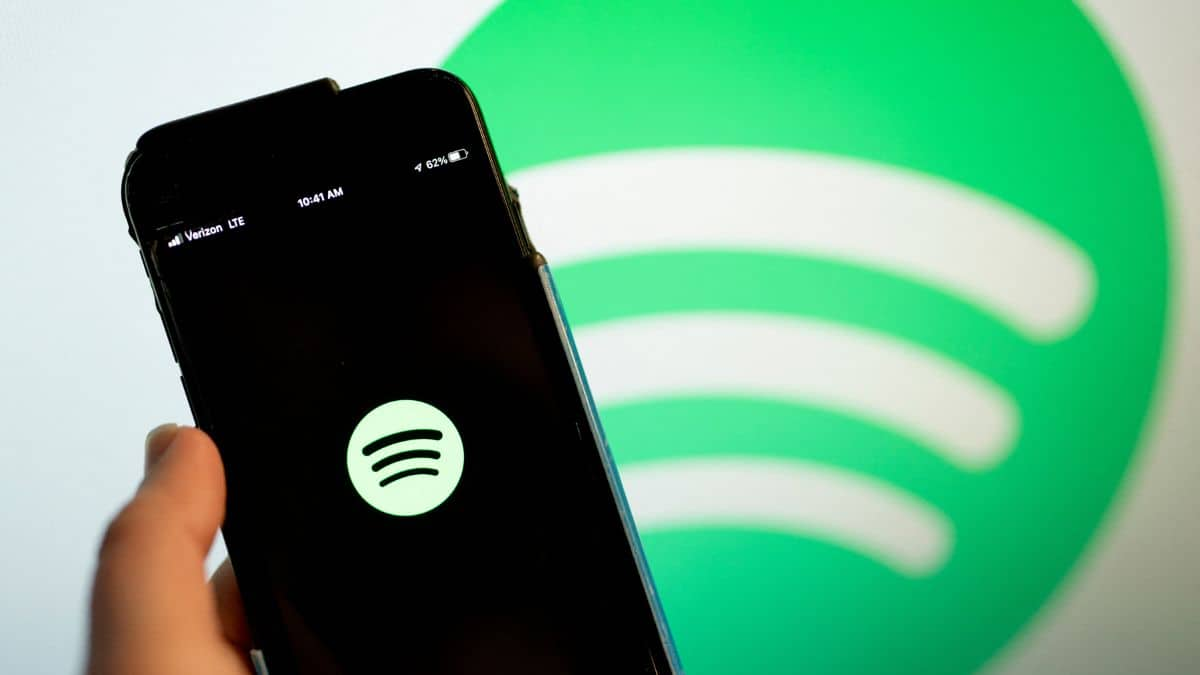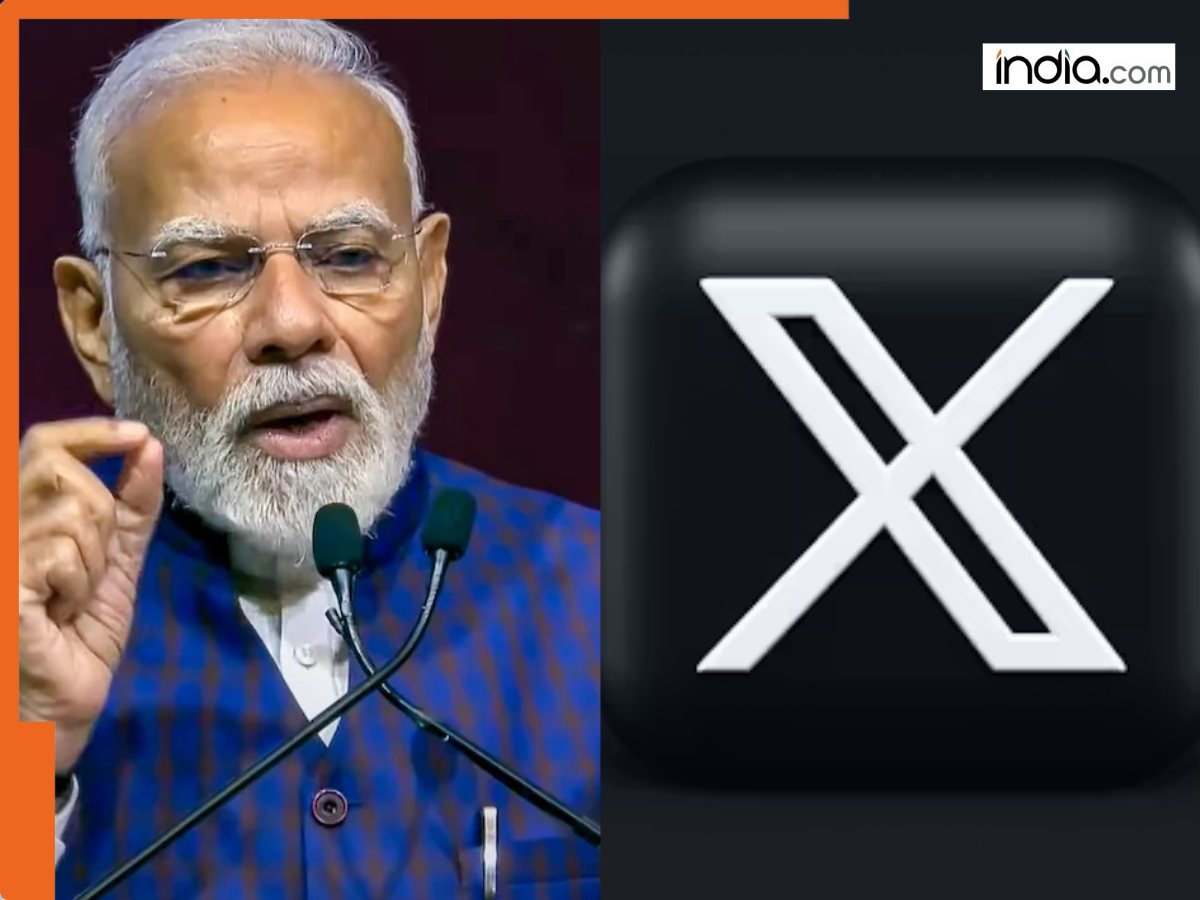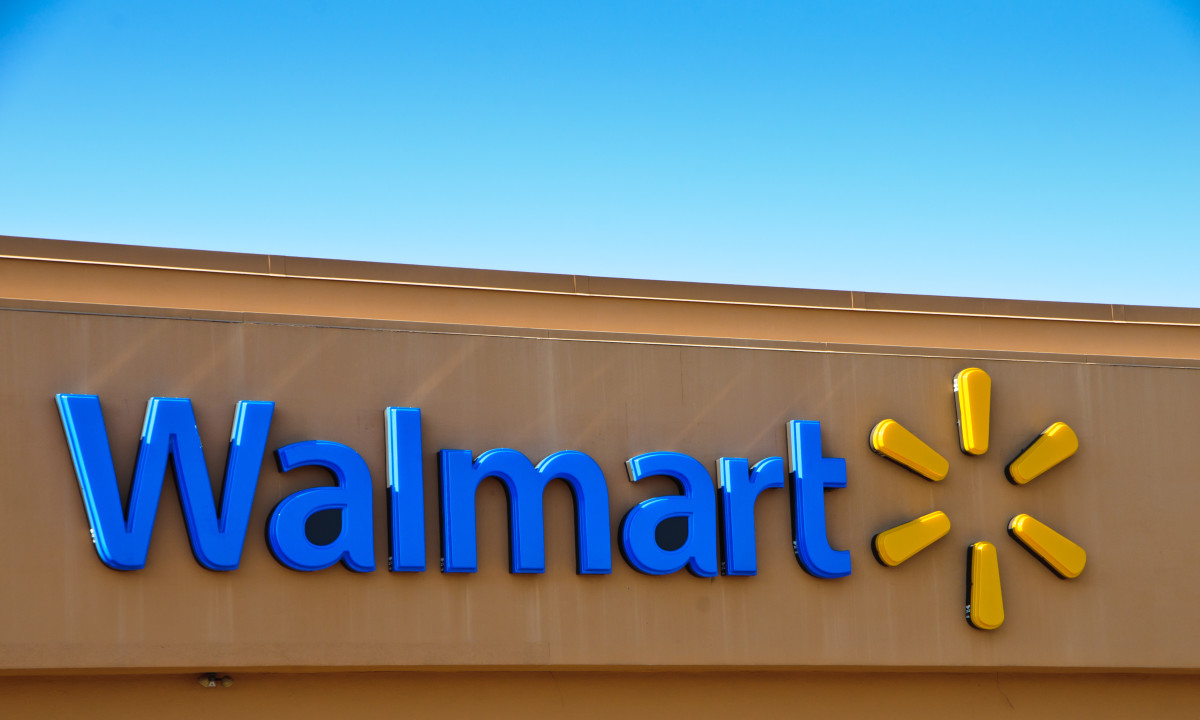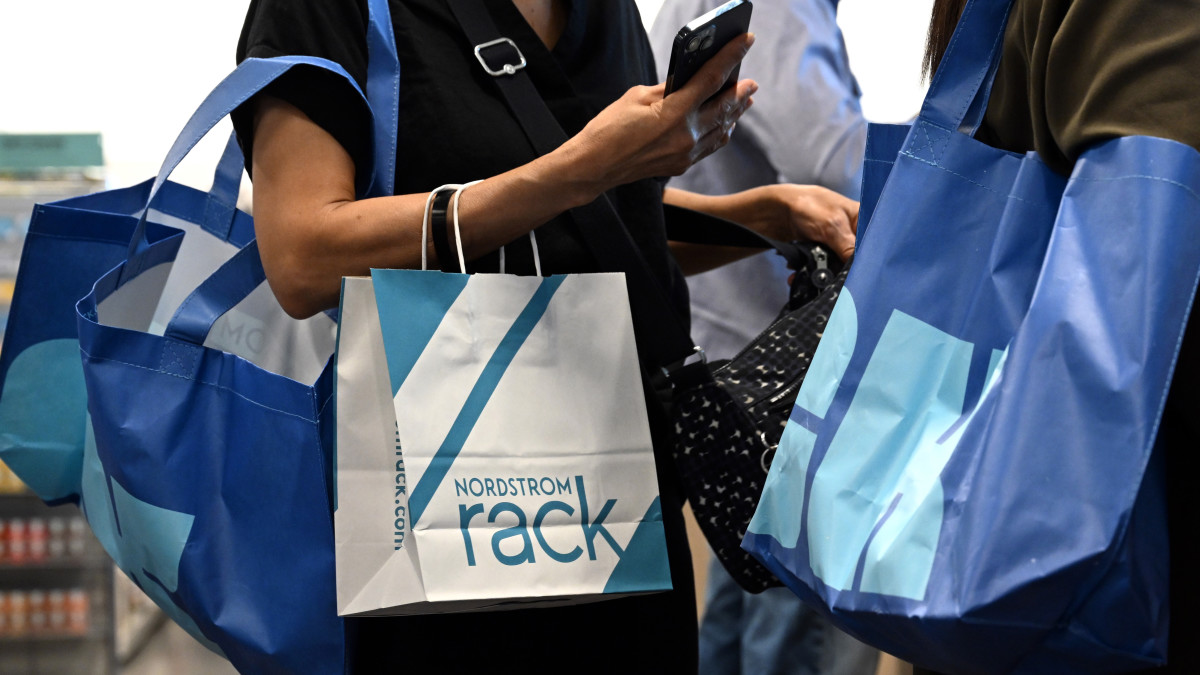Prices at major retailers show we are paying more due to tariffs
While the Supreme Court debates whether President Donald Trump has the legal authority to impose tariffs on imports, many middle-class households are discussing how to make their budgets work by cutting corners. Although the post-tariff tantrum stock market rally since April has been significant, ...

While the Supreme Court debates whether President Doland Trump has the legal authority to impose tariffs on imports, many middle-class households are discussing how to make their budgets work by cutting corners.
Although the post-tariff tantrum stock market rally since April has been significant, and home prices continue to help high-income Americans feel flush, many Americans are struggling as layoffs and inflation increase.
Only about 21% of Americans own individual stocks, and about one-third don't own a home. About half have some stock market exposure, but that's primarily through retirement accounts that shouldn't be touched to bridge the gap between monthly income and rising prices.
Related: Bank of America shares troubling new jobs data
Worse, one-quarter of Americans have no emergency savings, and the median amount of emergency savings held across everyone is only $500, according to Empower, leaving hardly any wiggle room.
As a result, millions of people are making tough choices, even as uncertainty creeps into the jobs market. Nearly 1.1 million Americans have been laid off this year through October 2025, according to Challenger, Gray, & Christmas, representing a 65% year-over-year increase.
"The underlying concern is not just that these announced job losses are course corrections being made by employers that over-hired coming out of the pandemic era, but that this might be the dawn of the impact of artificial intelligence on the broader demand for labor," wrote veteran analyst Stephen Guilfoyle on TheStreet Pro.
Meanwhile, inflation as measured by the Consumer Price Index, or CPI, has swelled to 3% in September from a low of 2.3% in April, before most tariffs were enacted.
Consumer Price Index inflation rate by month (2025):
- September: 3%
- August: 2.9%
- July: 2.7%
- June: 2.7%
- May: 2.4%
- April: 2.3%
Source: Bureau of Labor Statistics/CPI reports
Make no mistake, costs are rising. Yale Budget Lab pegs the effective tariff rate at 17.9%, up from 2.4% in January.
U.S. companies are absorbing a healthy share of the increase in import taxes, but they're still passing along substantial price increases to consumers, according to Harvard Pricing Lab's tariff tracker. Photo by Alexander Grey on Unsplash
Consumers see widespread price increases at major retailers
Using data from PriceStats, which scrapes major retailers' online sites for prices on 350,000 items daily, the Harvard Pricing Lab's Tariff Tracker created indexes to track how prices at major retail chains are evolving in the wake of newly enacted tariffs.
The findings show that prices have increased in most categories, with some baskets, such as those heavily tilted toward imports like apparel, experiencing above-average price inflation.
More Economic Analysis:
- Fed official warns inflation is still too high for more rate cuts
- Fed decision could lower stagnant mortgage rates
- Redfin predicts major mortgage rate change coming soon
"We find that retail prices reacted quickly but adjusted gradually to the 2025 tariffs. Prices began rising within days of the first announcements in early March and continued to increase over the following months," wrote Harvard economists in a research paper published for Pricing Lab in October.
The paper, which reflected price changes through Sept. 8, showed that between March and September, consumer prices on imported goods were up about 5.44% from pre-tariff trends.
The price increases, however, weren't limited to imports. Their findings also showed that the prices of domestic goods were 3% higher than they would have been in the absence of tariffs.
Economist Alberto Cavallo, one of Harvard Pricing Lab's founders and co-author of the report, explained why domestic prices are rising in an interview with the Federal Reserve Bank of Minneapolis:
Price increases have impacted most categories of goods. Based on updated data through October 12, the Harvard Pricing Lab finds that prices have continued to rise, clocking in 6.14% higher than the trend due to tariffs following the announcement of stiff lumber import taxes in September.
Biggest price increases versus pre-tariff trends:
Category | vs. Pre-Tariff Trend | ||
All | Imports | Domestic | |
Carpets and other floor coverings | 49.45% | 49.66% | 36.04% |
Other articles of clothing and clothing accessories | 8.89 | 13.13 | -4.33 |
Glassware, tableware and household utensils | 8.46 | 10.51 | -2.91 |
Coffee, tea and cocoa | 7.52 | 6.08 | 8.88 |
Photographic and cinematographic equipment and optical instruments | 7.5 | 6.93 | 11.51 |
Other personal effects | 7.23 | 7.06 | 8.79 |
Major durables for indoor and outdoor recreation including musical instruments | 6.56 | 3.8 | 11 |
Furniture and furnishings | 6.54 | 6.79 | 6.42 |
Major tools and equipment | 6.22 | 5.61 | 8.71 |
Household textiles | 6.16 | 6.43 | 3.77 |
Source: Harvard Pricing Lab Tariff Tracker; data retrieved Nov. 7, 2025 |
Altogether, higher prices have had a significant impact on overall consumer price inflation. The economists conclude that CPI inflation would have been much lower if not for tariffs.
"The annual inflation rate in the all-items CPI (CPI-U, NSA) — which stood at 2.9 percent in August 2025 — would have been about 2.2 percent in the absence of the tariffs, a level much closer to the Federal Reserve’s inflation target," wrote the economists.
The estimate is similar for September, with price data indicating that tariffs added approximately 0.7% to the CPI. Removing that impact would suggest a 2.3% inflation rate, rather than the 3% reported.
Will tariffs survive the Supreme Court?
Many of President Trump's tariffs were implemented using the International Emergency Economic Powers Act, which allows the president to regulate imports in periods of national emergency.
The Act doesn't specifically state that those powers extend to tariffs, which are a type of import tax. Since only Congress has expressly granted taxing authority, several small companies that rely heavily on imported products have filed suit challenging the tariffs in hopes of having them removed.
In May, the U.S. Court of International Trade, or ICT, ruled that President Trump lacked the authority under the IEEPA to impose tariffs. A U.S. Court of Appeals agreed with the ICT in August, which led to the case being added to the Supreme Court's docket.
The Supreme Court's hearings began on Nov. 5. The initial questions asked, including by conservative judges Chief Justice John Roberts and Justices Neil Gorsuch and Amy Coney Barretton, according to the transcript, were viewed as favorable to the plaintiffs, with pundits labeling them as skeptical of the administration's argument.
It's early days, so anything can happen from here before the Court issues its final decision. Nevertheless, odds of the Supreme Court siding with President Trump before Dec. 31, 2026, have plummeted to 22% from 43% at the end of October, according to Polymarket.
Related: Goldman Sachs CEO sends stark reminder on stocks
What's Your Reaction?










